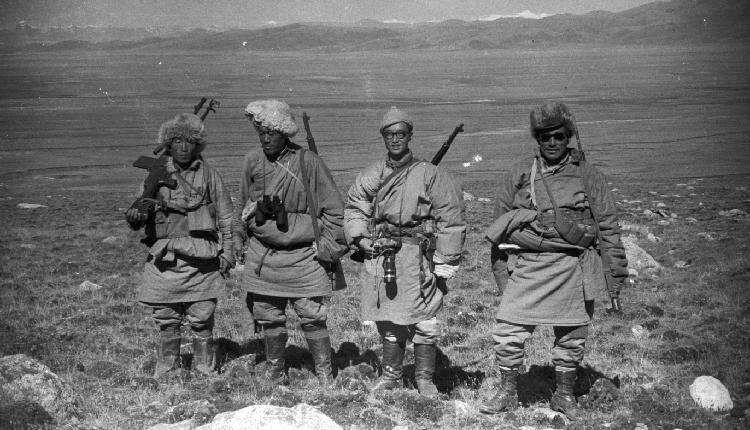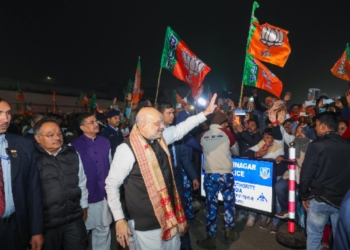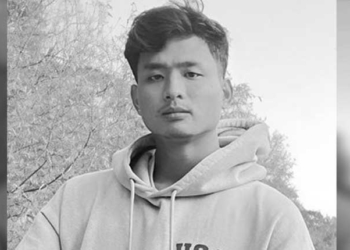New Delhi: White Crane Films and School of Arts & Aesthetics, Jawaharlal Nehru University will present Shadow Circus: A Personal Archive of Tibetan Resistance (1957–1974), a long-term project by filmmakers and artists Ritu Sarin and Tenzing Sonam.
The exhibition will open on February 15.
After showings at Savvy Contemporary Berlin as part of the 2019 Berlinale Forum Expanded, 2022 Kochi Biennale; Experimenter-Colaba, Mumbai; and the Tibet Museum, Dharamshala; the exhibition is now opening at the School of Art & Aesthetics (SAA), Jawaharlal Nehru University (JNU), on February 15.
It will feature several other works by the artist-filmmakers, along with discussions and interactions.
Post the Chinese invasion of 1950 and its subsequent takeover in 1959, Tibet has been a country under occupation.
Since then, resistance to Chinese rule, both inside Tibet and in exile, has been unyielding and resilient, transforming over time in response to the changing situation in China and the shifting winds of geopolitical alignments. But little is still known of the guerrilla war that was fought from the mid-1950s to 1974 when thousands of Tibetans took up arms against the invading forces of China.
In the early 1990s, filmmakers Ritu Sarin and Tenzing Sonam started to research the story of Tibet’s armed struggle, a movement that became entangled in global geopolitics when the CIA got involved. They were inspired by Tenzing’s father, the late Lhamo Tsering, one of the leaders of the resistance and the key liaison between the Tibetans and the CIA. Serving as Chief of Operations, he oversaw the activities of the resistance and at the same time, maintained an incredibly detailed archive of photographs, documents, letters and maps.
The CIA’s involvement in the Tibetan resistance started in 1956, at the height of the Cold War.
Codenamed STCIRCUS, it was one of the CIA’s longest-running covert operations until it was abruptly abandoned in the late 1960s.
The resistance collapsed in 1974 when its last stronghold on the Nepal-Tibet border was shut down by the Nepalese army. For reasons that have to do with both the clandestine nature of the operation and the fact that Tibet’s armed struggle sits uncomfortably with contemporary narratives of the non-violent nature of the movement, this episode has languished in the forgotten corners of recent Tibetan history.
The exhibition is an attempt to unshackle and shed light on what anthropologist and historian Carole McGranahan calls, “arrested histories of the Tibetan resistance army”.
It re-evaluates the audiovisual material that Ritu and Tenzing gathered over the years, along with Lhamo Tsering’s personal archives, and includes a re-edited version of their 1998 documentary — The Shadow Circus: The CIA in Tibet — to create a more complete and complex mosaic of this still largely obscure story. The Cold War epoch is navigated within a third space, as an uneasy alliance beyond geopolitical power blocs to examine forms of intelligence gathering, guerrilla warfare and clandestine resistance deployed in the service of an unfinished freedom struggle that continues to resonate today.
The inaugural version of the exhibition was curated by Natasha Ginwala and Bonaventure Soh Bejeng Ndikung and exhibited at SAVVY Contemporary in Berlin from February 7 to March 10, 2019, within the programme of the 14th Forum Expanded, 69th Berlinale.
In collaboration with Ginwala, different iterations of the exhibition were shown at India International Centre and Kochi-Muziris Biennale.
(IANS)
















